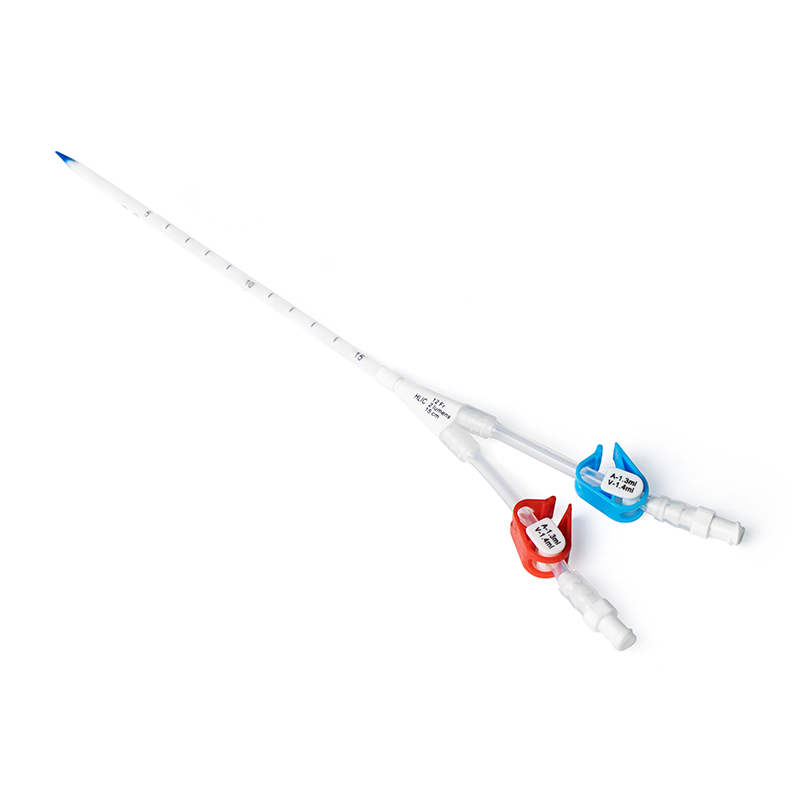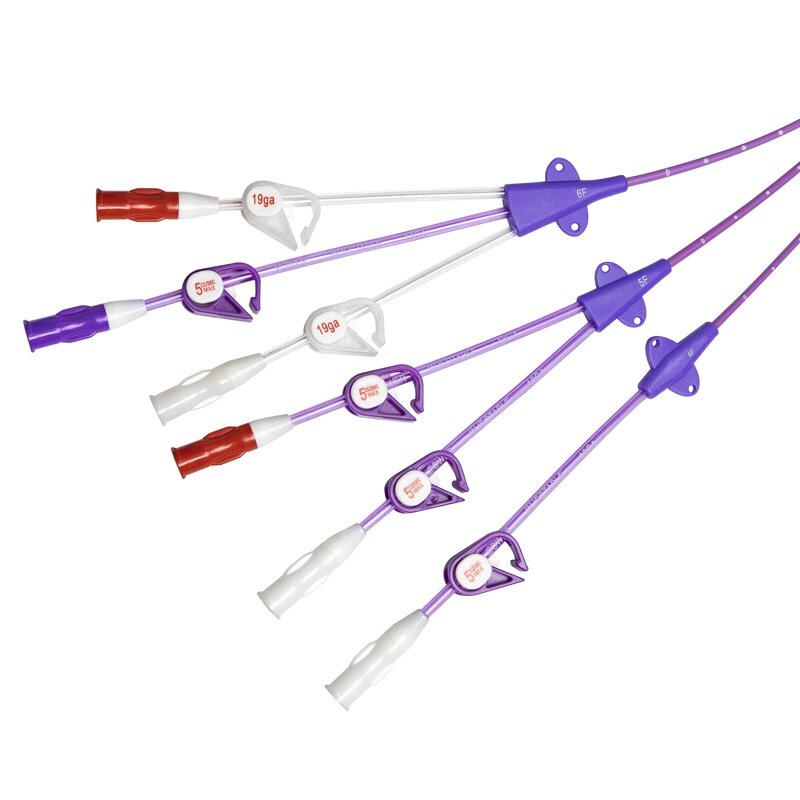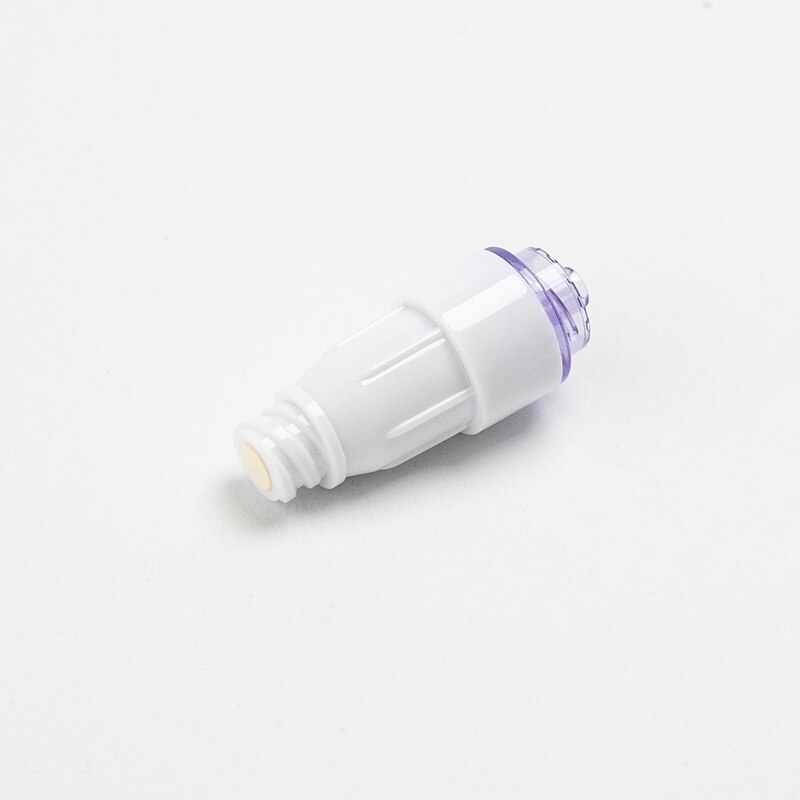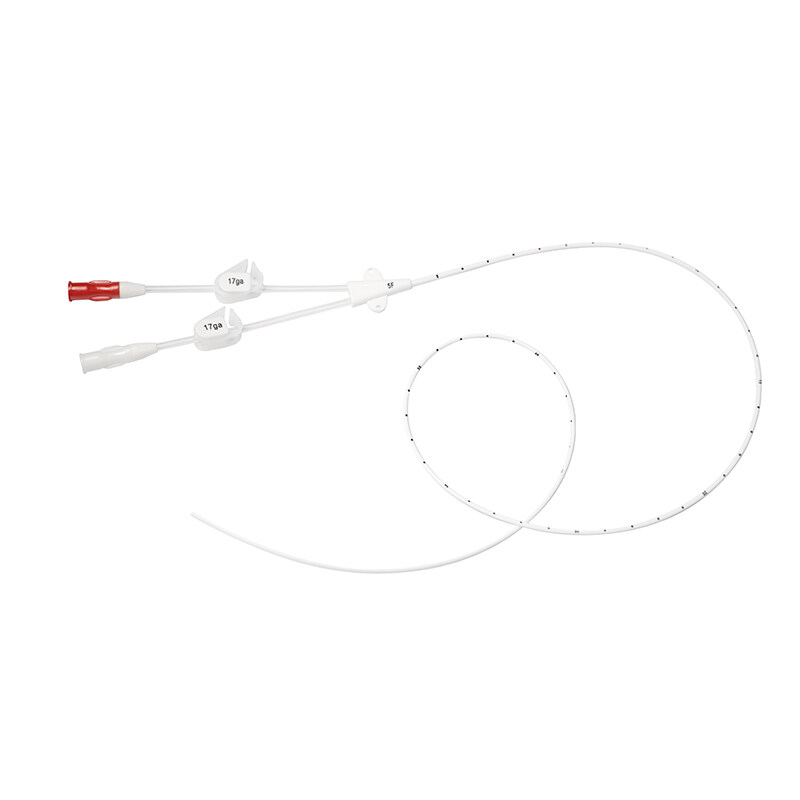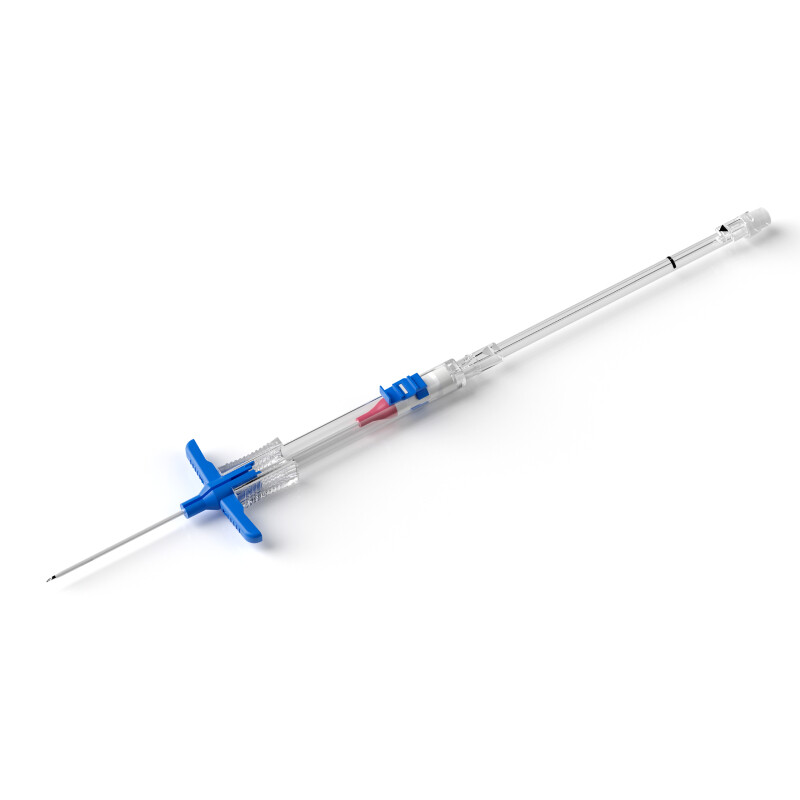For patients who require intravenous (IV) therapy for 1-4 weeks, a midline catheter is often an excellent choice. Unlike a Peripherally Inserted Central Catheter (PICC) line, a midline catheter is inserted through a vein in the arm and extends to the shoulder. This makes it less invasive and easier to care for, especially considering the midline catheter size and placement.
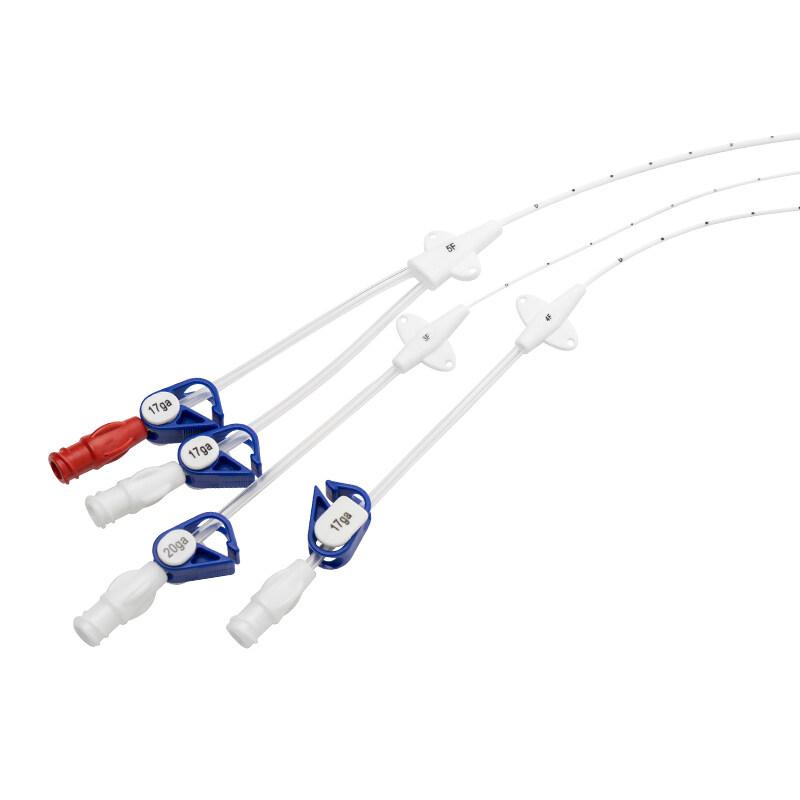
Midline 3F Single Lumen
What Is the Size of a Midline Catheter?
The size of a midline catheter can vary, but it is typically less than 20 cm in length. The exact size used will depend on the specific needs of the patient.
Midline Catheter Insertion Procedure
The procedure for inserting a midline catheter involves administering local anesthesia, inserting the catheter with the help of ultrasound guidance, confirming the placement with imaging equipment, and dressing the insertion site to prevent infection.
Local anesthesia: o start the midline catheter insertion process, the doctor will administer local anesthesia. This numbs the area where the catheter will be inserted, ensuring patient comfort.
Catheter Insertion: With the help of ultrasound guidance, a healthcare provider will insert the midline catheter through a vein in the patient's arm, guiding it up to the shoulder. The catheter is then secured in place with sutures.
Confirmation of Placement: The healthcare provider will use imaging equipment to confirm that the catheter is in place without causing any damage to the surrounding tissue.
Dressing the insertion site: After the catheter is in place, the doctor or healthcare provider will wrap the insertion site with a sterile dressing to prevent infection. It is a crucial step in midline catheter care as it helps prevent infection.
After the Midline Catheter Insertion Procedure
Monitoring for complications: Monitor the patient for any midline catheter complications after surgery, such as bleeding, infection, or catheter displacement.
Follow Care Instructions: Patients must adhere to the care instructions provided by their healthcare provider to ensure proper midline catheter care. This may include regular flushing of the midline catheter and keeping the insertion site clean and dry.
Avoid strenuous activity: A healthcare provider may advise patients to avoid strenuous activity that could dislodge the catheter or increase midline catheter infection rates.
Schedule a follow-up appointment: The patient will need to schedule a follow-up appointment with a physician or nurse to monitor the midline catheter and ensure it is functioning properly.
How Long Can a Midline Catheter Stay In?
Typically, a midline catheter can stay in for 1-4 weeks, but the dwell time for midline catheters can vary based on individual patient needs and the type of treatment being administered.
How Is a Midline Catheter Removed?
The midline catheter removal is usually removed by a healthcare provider. The process involves carefully cutting any sutures that are holding the catheter in place and gently withdrawing the catheter.
Overall, midline catheter insertion is a safe and effective method for administering intravenous therapy in patients requiring a 1-4 week period.
By following the midline catheter care instructions provided by their healthcare provider, patients can ensure that the midline catheter remains in place and functioning properly throughout treatment.

